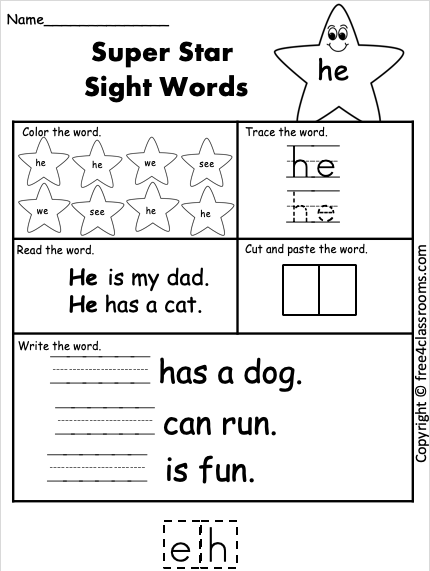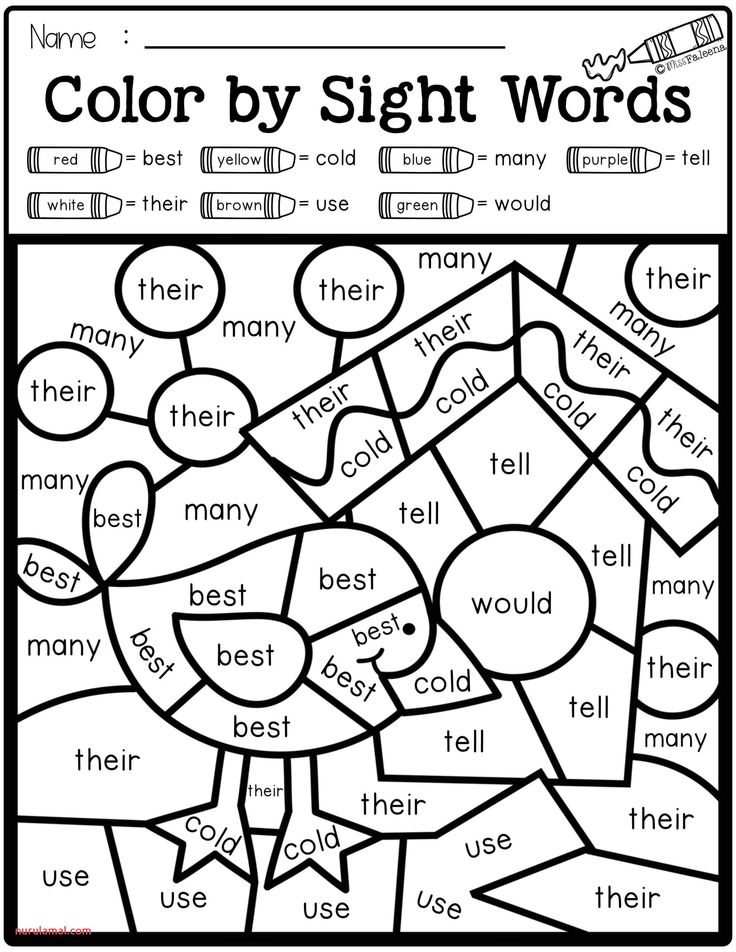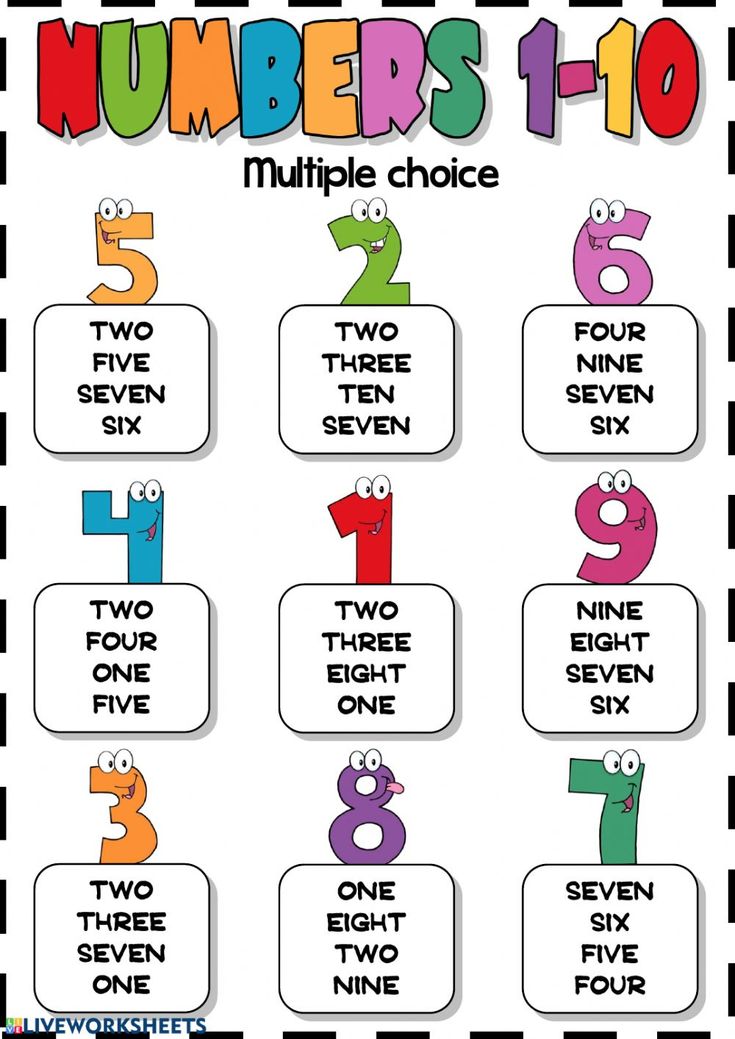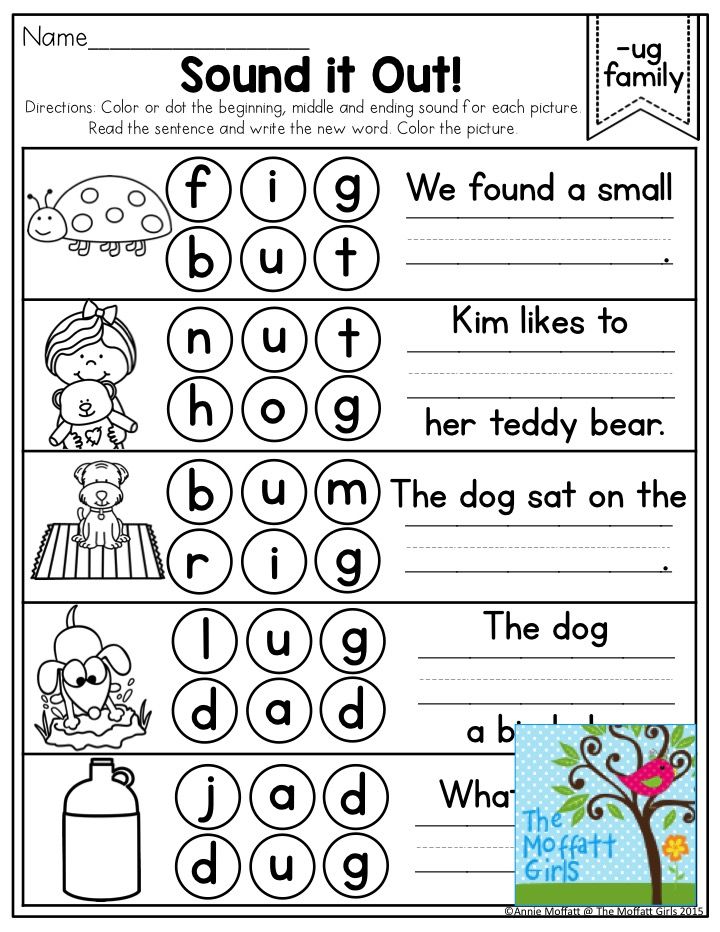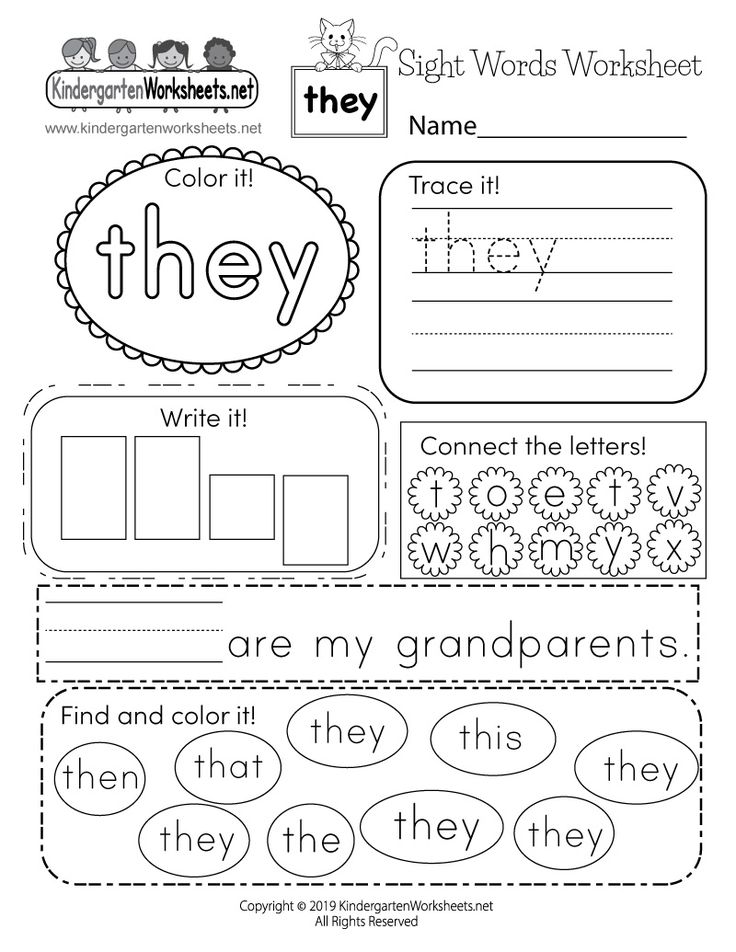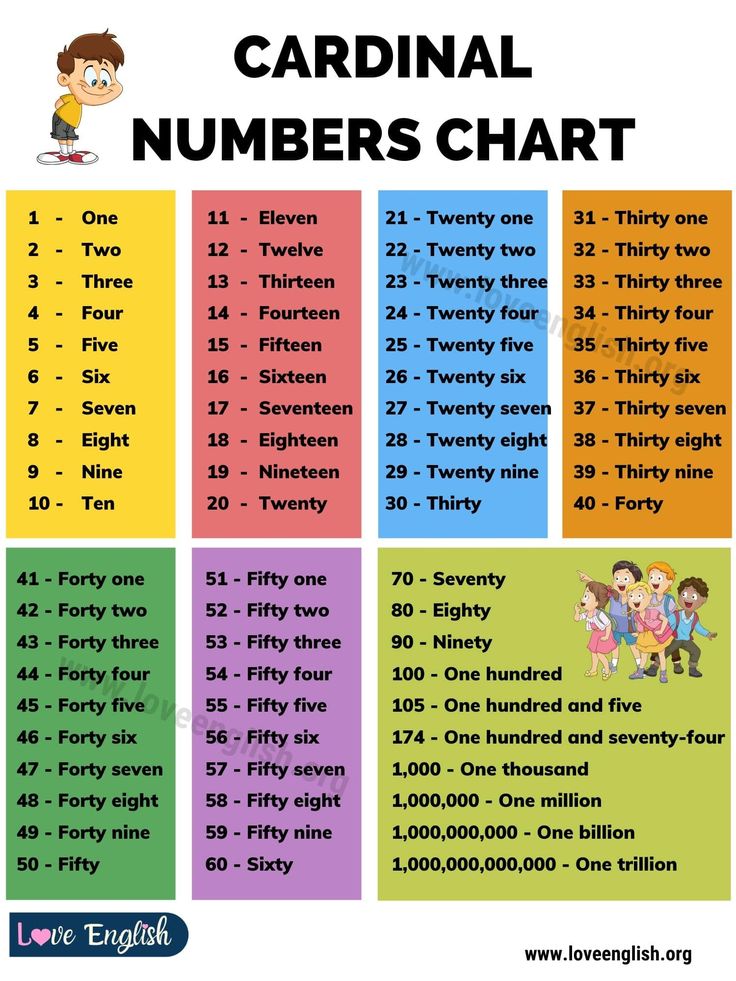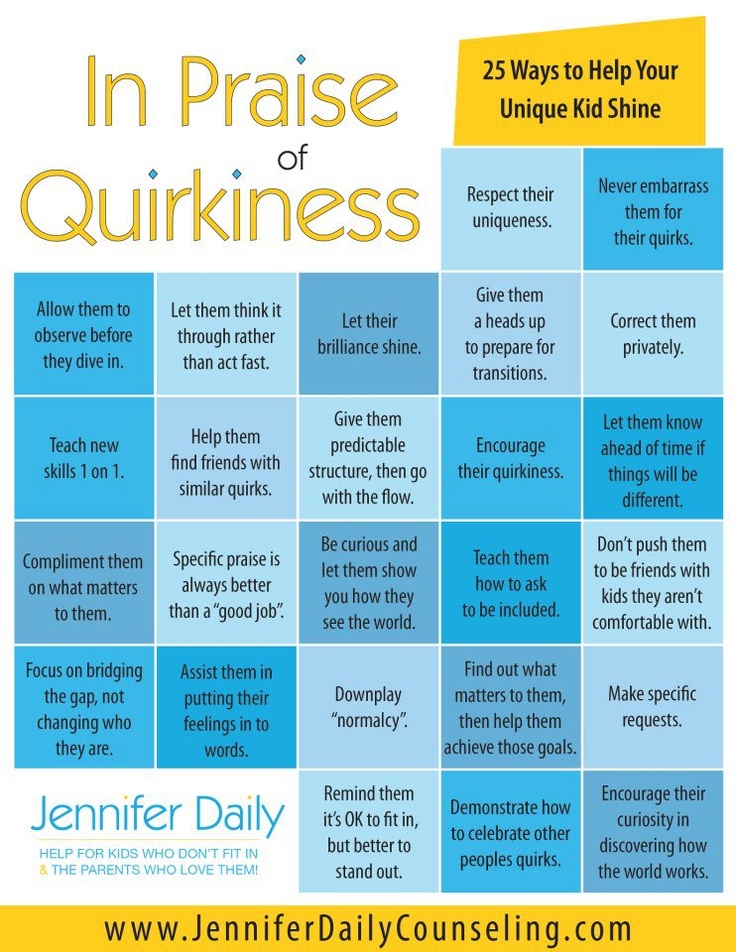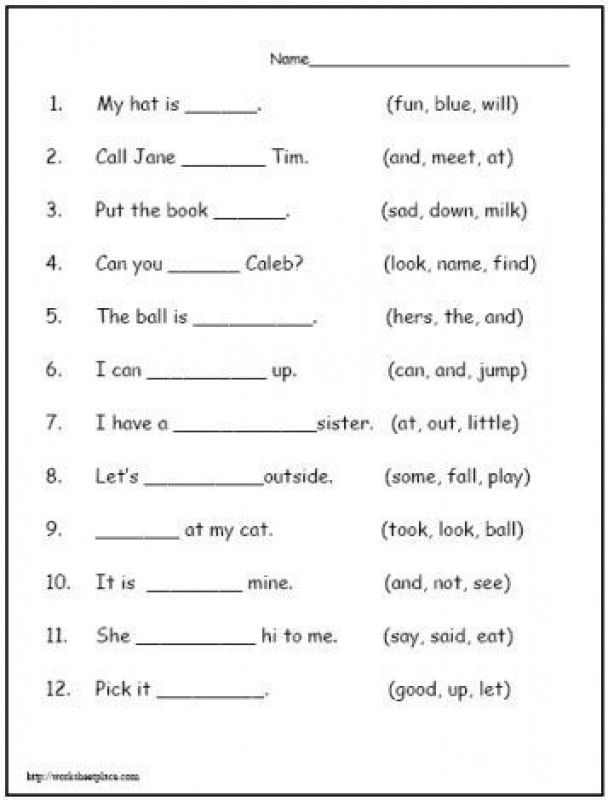Sight word list pre k
Dolch Word List
[Home] [Back] [Dolch Preschool] [Dolch Kindergarten] [Dolch Grade One] [Dolch Grade Two] [Dolch Grade Three]
© Contributed by Leanne Guenther
From 50-75% of all words used in school books, library books, newspapers, and magazines are in the Dolch Basic Sight Vocabulary of 220 words (preschool thru Grade 3). The Dolch word list is made up of "service words" (pronouns, adjectives, adverbs, prepositions, conjunctions, and verbs) which cannot be learned through the use of pictures.
In this section I've included a series of flashcards that can be printed and used to reinforce learning, the complete list of preschool words (see table) and some activity ideas for using the flashcards.
Set 1
Set 2
Set 3
Set 3 in color
Nouns 1
Nouns 2
Nouns 1 in color
Nouns 2 in color
Bingo Cards
Complete Preschool List
a |
and |
away |
big |
blue |
can |
come |
down |
find |
for |
funny |
go |
help |
here |
I |
in |
is |
it |
jump |
little |
look |
make |
me |
my |
not |
one |
play |
red |
run |
said |
see |
the |
three |
to |
two |
up |
we |
where |
yellow |
you |
Ideas for Using the Flashcards:
The flashcards can simply be held up, giving the child the opportunity to
read each one.
But if you're looking for a more engaging activity, try
combining the Dolch flashcards with the noun picture flashcards for a variety of
activities (I've listed some suggestions here from simplest to hardest)
- ACTIVITY ONE:
- have an adult arrange the flashcards to form a sentence.
- Read the sentence with/to the child
- Remove one of the dolch words from the sentence and put it back in the pile (you may want to make the pile smaller in the beginning to make the activity easier).
- Give the pile to the child and have them find the correct card to place back in the sentence.
- Re-read the sentence.
- ACTIVITY TWO:
- have an adult arrange the flashcards to form a sentence, leaving one card out.
- read the incomplete sentence with/to the child.
- present between 2 and 5 cards to the child (one of them should make the sentence complete)
- have the child chose which is the correct card
- re-read the sentence with the card chosen.
 Talk about whether it
makes sense or not.
Talk about whether it
makes sense or not.
- ACTIVITY THREE:
- provide the child with all or part of the pile of flashcards
- allow them to create their own sentences using the cards
- read the sentences with them and talk about what they've created.
- OPTIONAL: Have them glue their completed sentence to the bottom of a piece of construction paper and draw a picture of their sentence on the top. (author/illustrator of their own story).
Free Printable Pre-K Sight Word Practice Sheets
- Share
- Tweet
Free printable Pre-K Sight Word Practice Sheets from the Dolch Sight Word List. Includes 40 Sheets for your child to learn from!
Why Teach Sight Words?
Sight words can be hard for little ones to learn as they cannot be sounded out using phonetics.
Give your kids a head start on reading by printing out our sight words practice activities at the bottom of the post. With tracing, word searches, and other fun activities, your child will be able to master words like and, here, said and the in no time!
With tracing, word searches, and other fun activities, your child will be able to master words like and, here, said and the in no time!
★WHAT YOU GET
………………………………………………………….
41 page PDF file including the following:
- Cover Page
- 40 Pages of Sight Word Practice Sheets from the Dolce Sight Word List for preschool aged children.
★ ★ You can download all 41 pages for FREE at the end of the article. ★ ★
Dolce Sight Word List for Preschool
The Dolch Sight Words List is the most commonly used sight word list to teach sight words. The Dolch Words List of 220 words are grouped by grade-level, starting with Pre-K through to 3rd Grade.
These sight word printables will give your little reader the chance to learn all 40 of the pre-k sight words on the Dolch sight word list in 6 different ways.
These 6 activities will help children identify, read, and spell the words, one word at a time.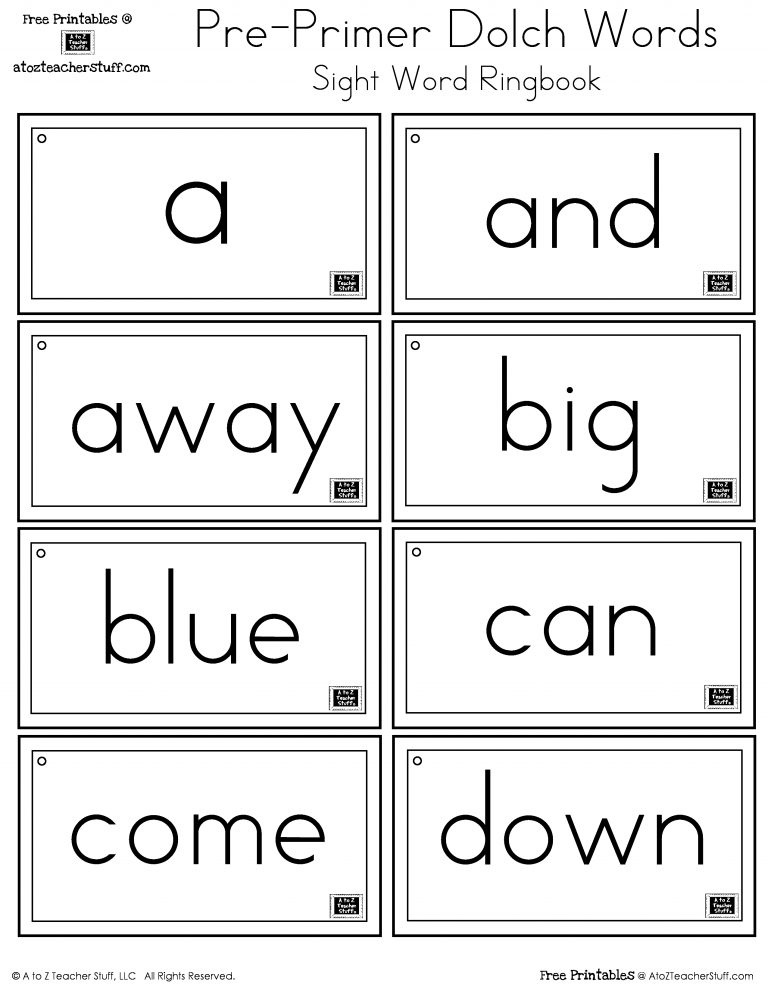
The Preschool Sight Words include: a, and, away, big, blue, can, come, down, find, for, funny, go, help, here, I, in, is, it, jump, little, look, make, me, my, not, one, play, red, run, said, see, the, three, to, two, up, we, where, yellow, you.
How to use the Pre-K Sight Word Practice Sheets
Here are a few ways in which you can use these sight word worksheets:
- Complete a worksheet as the word of the week.
- Complete a worksheet and then read a leveled reader focusing on that word.
- During your bedtime story, have your child point point out sight words.
- The ‘read the word’ activity becomes a set of flash cards when cut out from their sheets.
Looking for More Sight Word Printable Sheets?
After your child has mastered the 40 Words of the Pre-K Dolch Words List, they’re ready for the Kindergarten Sight Words Worksheets.
Free printable Kindergarten Sight Word Practice Sheets from the Dolch Sight Word List. Includes 52 Sheets for your child to learn from!
Free printable First Grade Sight Word Practice Sheets from the Dolch Sight Word List.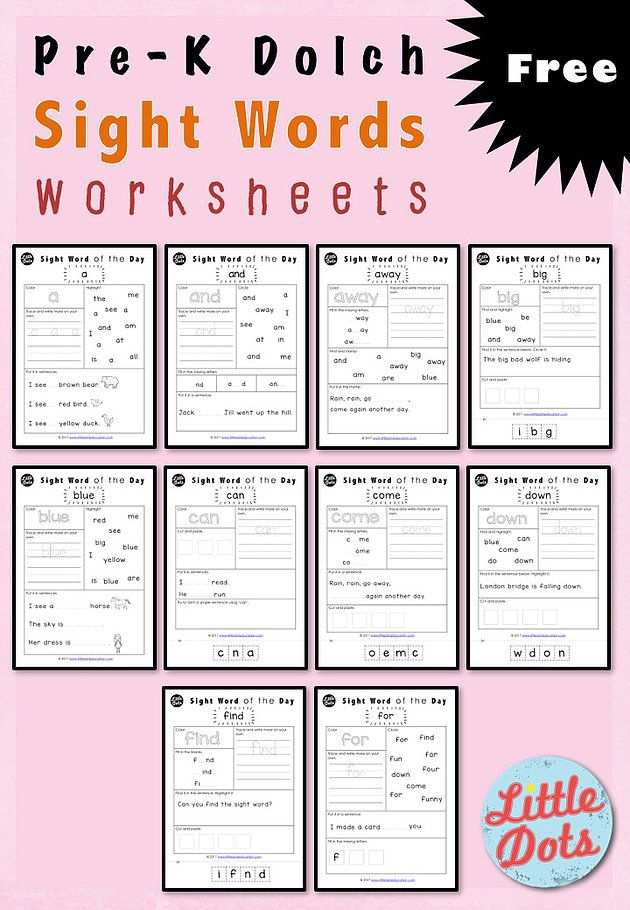 Includes 42 Sheets for your child to learn from!
Includes 42 Sheets for your child to learn from!
Free printable Second Grade Sight Word Practice Sheets from the Dolch Sight Word List. Includes 46 Sheets for your child to learn from!
Free printable Third Grade Sight Word Practice Sheets from the Dolch Sight Word List. Includes 42 Sheets for your child to learn from!
DOWNLOAD THE PRESCHOOL SIGHT WORD PRACTICE WORKSHEETS
★HOW TO USE THIS FILE:
………………………………………………………….
- Download the Free Printable Preschool Sight Word Practice Activity Set to your computer to a secure, easily accessible folder.
- Print at home, office (if allowed) or at a professional printing service.
★TERMS OF USE:
………………………………………………………….
You may use this file for your own PERSONAL USE ONLY. File sharing, distribution, and commercial use of this file or of the printed work from this file are prohibited. You are welcome to print as many copies as you like for yourself. The designs can not be used for any commercial purpose or resold. You may NOT use these files for publishing on any platform under any circumstances.
You may NOT use these files for publishing on any platform under any circumstances.
Elizabeth Lampman
Elizabeth Lampman is a coffee-fuelled Mom of 2 girls and lives in Hamilton, Ontario. She enjoys travelling, developing easy recipes, crafting, taking on diy projects, travelling and saving money!
- Share
- Tweet
Sight Wordlist for Pre-K and Kindergarten
Description
The most attractive and enjoyable app list Sight word for Preschoolers as well as Kindergarten to keep practicing to be a good English reader. This free kindergarten word list sight is really a useful application to improve and even increase your English word list sighting through audio sound. It is specially designed for preschool children and caregivers. First of all, lets explain what the word vision is. Sight words are commonly used words that young children are encouraged to remember in their entirety by sight, so that they can automatically recognize those words in print without the need for any decoding strategies.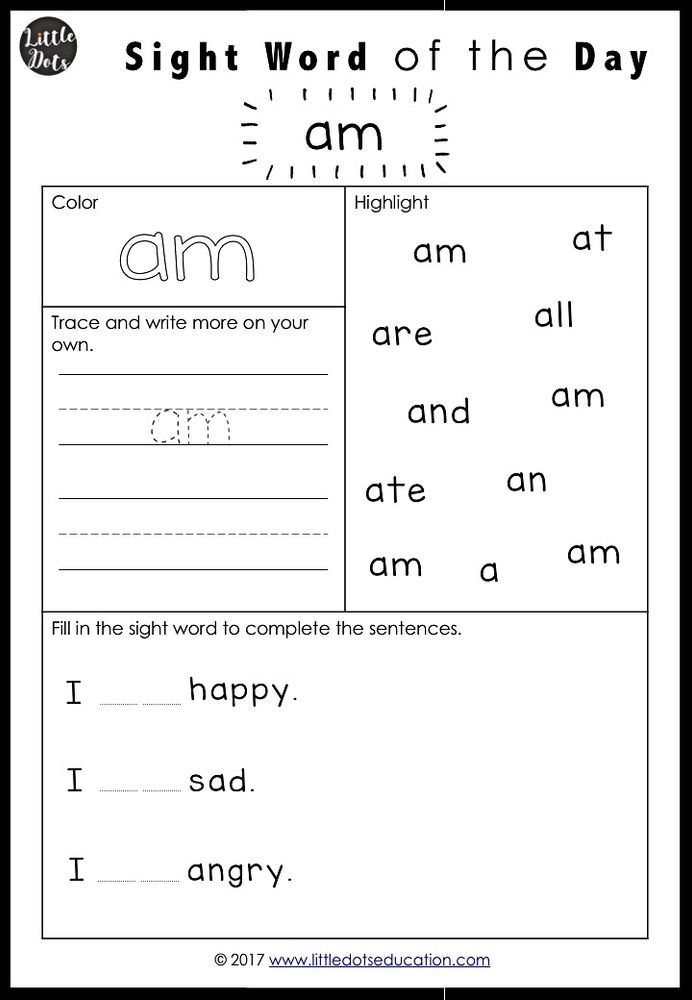 That is to say, this word list look for Preschoolers and Kindergarten application is very useful. Also, an advantage for children being able to recognize the sight of words automatically is that the beginning reader will be able to identify most of the words in the beginning text before they even attempt to read it; In a way that allows the child to focus on comprehension and comprehension as they read non-stop and decode each word. It is extremely important and the best start is to recognize as many vocabularies as possible in order to develop and succeed in language learning. How we, KiddyPop, create this special app for our own children and would like to share with parents who are similarly looking to raise a bilingual or perhaps tri-lingual child. In other words, it is truly continuous development. If you notice any problems or maybe bugs, please let us know by email: [email protected]~~HEAD=pobj. We will fix all of them with free updates. KiddyPop in addition has additional levels of word list sighting such as sight word class 1, sight word class 2 and sight word class 3.
That is to say, this word list look for Preschoolers and Kindergarten application is very useful. Also, an advantage for children being able to recognize the sight of words automatically is that the beginning reader will be able to identify most of the words in the beginning text before they even attempt to read it; In a way that allows the child to focus on comprehension and comprehension as they read non-stop and decode each word. It is extremely important and the best start is to recognize as many vocabularies as possible in order to develop and succeed in language learning. How we, KiddyPop, create this special app for our own children and would like to share with parents who are similarly looking to raise a bilingual or perhaps tri-lingual child. In other words, it is truly continuous development. If you notice any problems or maybe bugs, please let us know by email: [email protected]~~HEAD=pobj. We will fix all of them with free updates. KiddyPop in addition has additional levels of word list sighting such as sight word class 1, sight word class 2 and sight word class 3.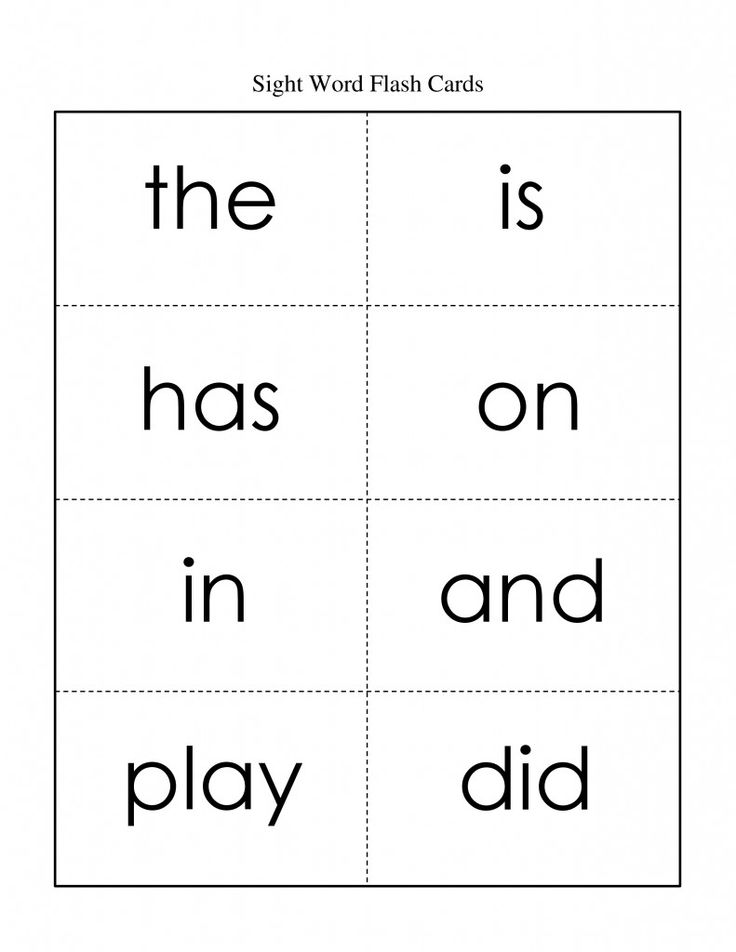 We consistently create useful and practical Sight Word List Programs for our children, just follow KiddyPop to help your child or even self-reading practice in English as 3 following ways:-
We consistently create useful and practical Sight Word List Programs for our children, just follow KiddyPop to help your child or even self-reading practice in English as 3 following ways:-
Check out our website: http://www.KiddyPop.com
Like us on Facebook: http://facebook.com/kiddypoppage
Subscribe our channel on YouTube: https://www.youtube.com/channel/ UC-TlhsD5JGHBbRh4EwiXYcA/videos
Please be aware that it is really an continuing development. Should you have observed any concerns or maybe bugs, please let us know by email: [email protected]. We will fix all of them with free updates.
Prepare for the most friendly Chinese Fruit words application!!!
Version 1.0
The app has been updated by Apple to display the Apple Watch app icon.
The developer of pimporn rungratikunthorn has not disclosed to Apple its privacy policy or data practices.
N/A
Developer will be required to provide privacy information when submitting the next app update.
Information
- Provider
- pimporn rungratikunthorn
- Size
- 16.3 MB
- Category
- Education
- Age
- 4+
- Copyright
- © 2016 App4smartkids
- Price
- Free
- Application Support
Other apps from this developer
You may like
How to teach a kindergartner kind of words?
[email protected]
In addition to phonetics, how to learn words for vision in kindergarten is very important and is a great addition to phonetics.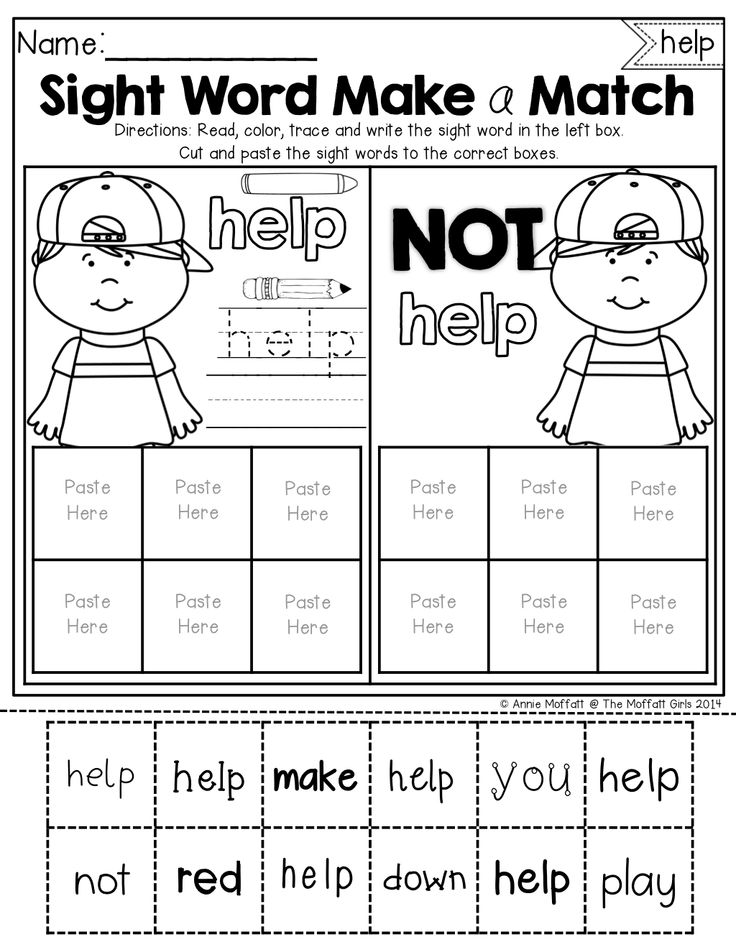 Keeping in mind that vision words are words that seem to be more frequent and it is important for a child to understand them first. There are many ways to teach children to see words. In kindergarten, children are taught words simply by making them look at them and understand them. The same is the purpose of teaching children verbal vision. Vision words are words that children will see over and over again hundreds of times in any given passage. It is necessary to teach the child the best possible way to learn the words of the kind. Learning words by sight is important because they improve fluency and the ability to understand the meaning of a phrase.
Keeping in mind that vision words are words that seem to be more frequent and it is important for a child to understand them first. There are many ways to teach children to see words. In kindergarten, children are taught words simply by making them look at them and understand them. The same is the purpose of teaching children verbal vision. Vision words are words that children will see over and over again hundreds of times in any given passage. It is necessary to teach the child the best possible way to learn the words of the kind. Learning words by sight is important because they improve fluency and the ability to understand the meaning of a phrase.
Which words are high frequency words?
There are various words such as you, is that require sight to learn. These are repetitive words and must be understood in order to understand the passage. It is for this reason that they are also called high-frequency words. A child can learn effectively with more frequent exposure to them.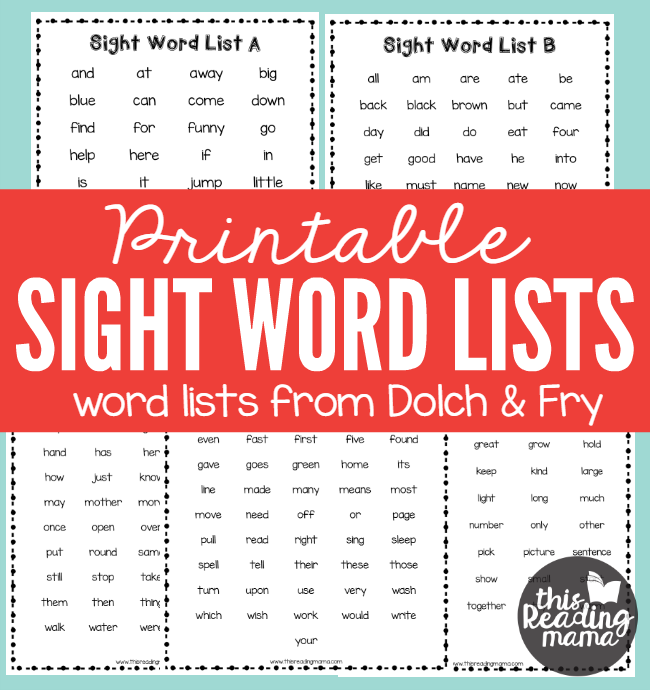 Some of them, such as "on" and "in", may also fall under the definition of "word of sight". Here are a few techniques that will help you teach your toddler kindergarten words in the easiest and most effective way, and possibly the best way to learn sight words. Here are a few techniques that will help you teach your toddler kindergarten words in the easiest and most effective way, and possibly the best way to learn sight words.
Some of them, such as "on" and "in", may also fall under the definition of "word of sight". Here are a few techniques that will help you teach your toddler kindergarten words in the easiest and most effective way, and possibly the best way to learn sight words. Here are a few techniques that will help you teach your toddler kindergarten words in the easiest and most effective way, and possibly the best way to learn sight words.
1) Techniques for introducing new words:
When introducing the vision of a word, make sure you follow these five techniques so that the children can understand it.
• Watch and repeat : Show them the words and let them watch a few times. Read the word and ask them to say it.
• Repeat after you : This is the best way to keep things in your head. Say the word and ask them to repeat. Continue several times.
• Air letter : Use your index finger to first hold their hand to draw the word in the air and then let them do it on their own.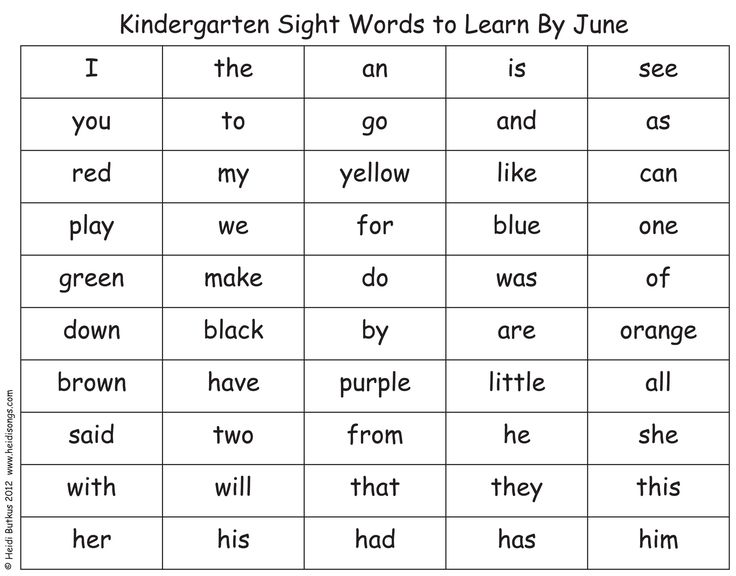
• Sandwriting : repeat the spelling in the air, but on a sand cushion, using your index finger to help children understand the form of the word.
This timetable app is the perfect companion for kindergarten kids and preschoolers. This multiplication tables app is very useful for learning tables for kids from 1 to 10.
Click here!
2) Enter new words:
When you start with new words and ways of teaching vision, enter one after the other, and until your child is sure of the previous one, stop and repeat. Type in a word and repeat all 4 steps to learn new words. Once completed, start with the next word and follow the same steps. The lesson should not last more than 10-15 minutes to keep the child's interest. When you feel that your child is learning better, you can increase the number of words.
3) Review the previous words:
Begin each lesson by reviewing the previous words so you know that the previous learning activity was useful in some way.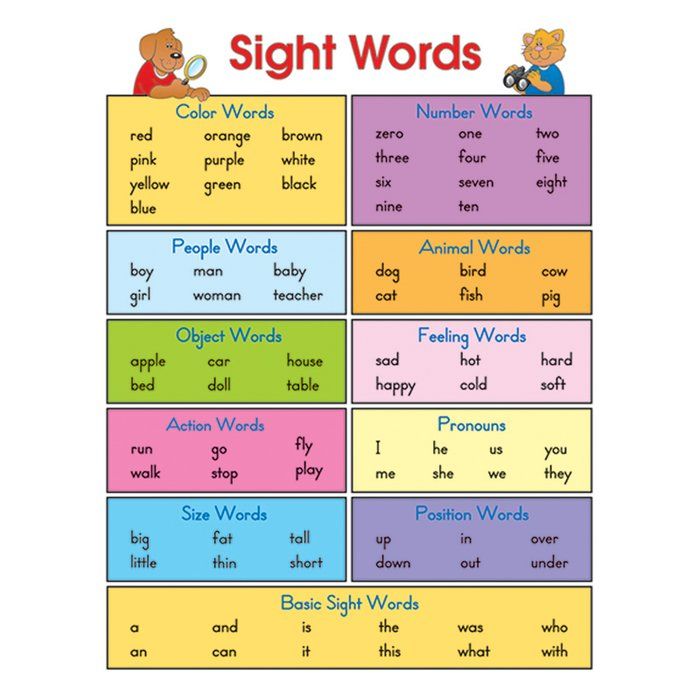 It will also brainstorm with them and prepare their brains for more. Keep in mind that fewer words with more understanding is always better than more words without them. Quality is more important than quantity. So make sure and learn about your child's ability to learn words by sight.
It will also brainstorm with them and prepare their brains for more. Keep in mind that fewer words with more understanding is always better than more words without them. Quality is more important than quantity. So make sure and learn about your child's ability to learn words by sight.
4) Use manipulators to teach:
Well, the song you sing to them or the rhyme you said is not enough for them to learn and learn everything about every word. To get started, you can use plasticine or magnetic letters. Shuffle the alphabets of the words you learned earlier and now ask the children to make a word.
5) Printing worksheets:
Printing phrases to select words from it is always important and no matter what learning activity you choose, you should never neglect it. The child should be able to isolate target words from a phrase. You can turn on actions like clapping as soon as your finger touches one of them.
6) Error correction:
Every child will make mistakes in the learning process. He learns from his mistakes, and your task is to correct him where he is wrong. Write down the words you think he gets stuck on and figure out what other ways you could try to get him to learn and work on it.
He learns from his mistakes, and your task is to correct him where he is wrong. Write down the words you think he gets stuck on and figure out what other ways you could try to get him to learn and work on it.
7) Keeping a journal:
You may find these ways of teaching visual words too difficult for younger preschoolers, but they can help you in the process of learning and recognition. If you notice, then you may know that there are kids who tend to learn quickly by writing things down. Their brain works with the movement of their hands. Keeping a diary can help them write down words with their hands and learn more effectively. You can try giving them a list of a few words and let them write on their own. They may surprise you.
mental math
Here is the best mental math app for kids to improve math skills…
More info
enjoyment of learning through games. Below are a few play activities that you can incorporate into your study schedule.
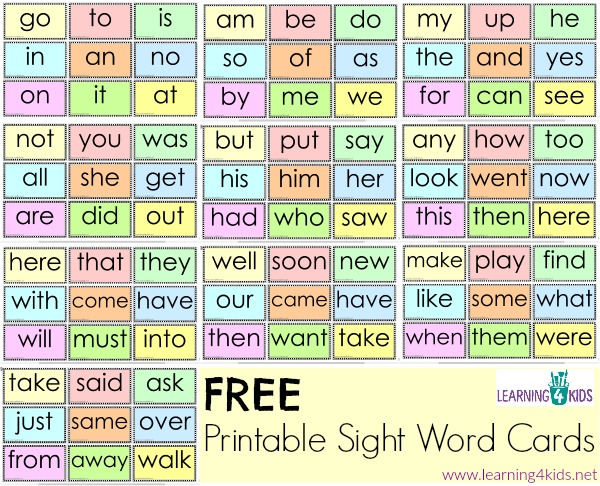
• Word hunting : You can do this in your room, in your garden, or anywhere else in your home. Place the words around this space and give each child a notebook and pencil. They will enjoy hunting and writing down words from all over the world. You can also add new words to the curriculum for them.
• Word Search : Use target word in word search game and make it more interesting as you choose.
• catch the word : Stick each sight word on the ball, ie. take 10 balls or as many as you want. Place in a basket and, after saying the word, ask your toddler to drop you with the correct word pasted on it.
• Follow path : Place each paper plate on the floor to create a path with the word written on it. Have the child follow the path, choosing each one and repeating it to the end. He will learn more effectively by indulging in activities for sure.
9) Word Walls:
Word walls are specifically used in classrooms to attract the attention of young children. In most cases, they are done in a very creative way, so that every child is forced to delve into it. When working with target words for kindergartners, a wall of words can be a great approach. You can design and create one as you wish, for example by making two sections, one with high frequency words and another with those that are not very popular.
In most cases, they are done in a very creative way, so that every child is forced to delve into it. When working with target words for kindergartners, a wall of words can be a great approach. You can design and create one as you wish, for example by making two sections, one with high frequency words and another with those that are not very popular.
10) Teaching visual words through music:
We all know how much children love music and how they are attracted to rhythms and sounds. Sing along to your child along with the words to make it sound natural and fun. Not only them, but you will see how much you enjoy teaching. The best way to learn is through fun activities.
Being able to initiate visual word learning can be difficult, but teaching it is another matter. To learn more and practice how to teach children to see words and explain their importance to children is not an easy and one-time task. They are taught to help them better understand how to read from the beginning in kindergarten.